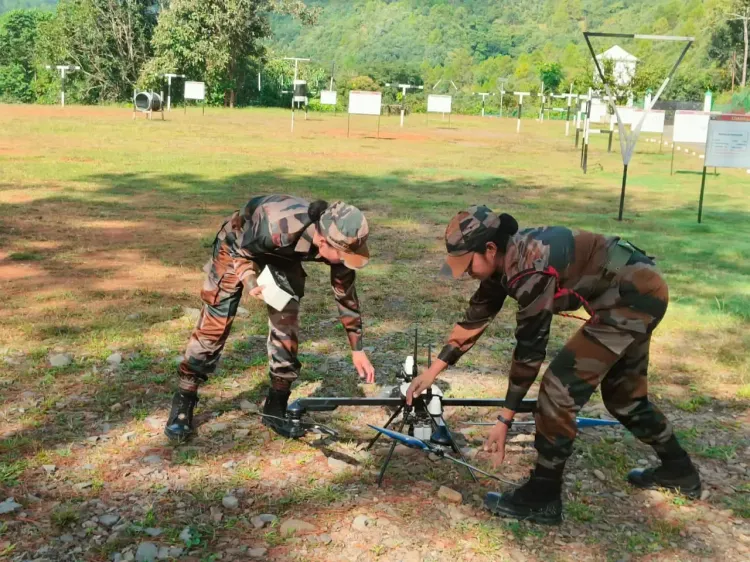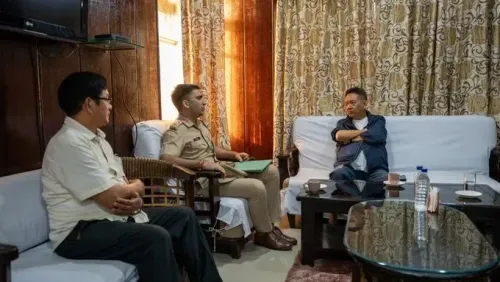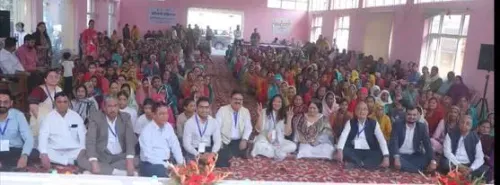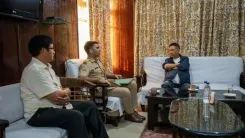What Training Program Was Held to Enhance Assam Rifles' Capabilities?

Synopsis
Key Takeaways
- Drone integration is key to modern military operations.
- Training focuses on surveillance and reconnaissance techniques.
- Importance of precision and teamwork during operations.
- Continuous skill development is essential for adaptation.
- Commitment to using modern technology as a force multiplier.
Guwahati, Nov 8 (NationPress) A specialized training session focusing on drone integration and operations was conducted to improve the operational capabilities of Assam Rifles personnel, as reported by officials on Saturday.
Defence representative Lt Col Mahendra Rawat stated that this initiative is aimed at enhancing the utilization of Unmanned Aerial Systems (UAS) for purposes such as surveillance, reconnaissance, and real-time situational awareness in various field conditions.
The training encompassed various modules including mission planning, data analysis, and drone handling techniques, which enabled attendees to acquire advanced technical skills and adaptability, he noted.
The course placed significant emphasis on precision, safety, and coordinated teamwork during aerial operations.
As per the spokesman, this initiative signifies Assam Rifles' dedication to integrating modern technology as a force enhancer in its mission to maintain peace, stability, and security throughout the Northeast region.
With a continuous focus on skill enhancement and innovation, the paramilitary force is evolving to meet emerging operational needs.
The defence spokesman expressed that by investing in such progressive training programs, the Assam Rifles reaffirms its commitment to sustaining high professional standards and operational excellence, while steadfastly maintaining its role as the “Sentinels of the North East”.
Meanwhile, to enhance preparedness for dynamic operational scenarios, the military hospital located in Tezu, within the Lohit district of Arunachal Pradesh, successfully executed a comprehensive Casualty Management Drill under blackout conditions.
This exercise was specifically designed to replicate a real-world situation requiring medical teams to manage casualties in challenging, low-visibility environments, stated Lt Col Rawat.
The drill's main aim was to evaluate the unit's efficiency, coordination, and compliance with standard operating procedures (SOPs) during a crisis. Under simulated combat stress and complete blackout conditions, hospital staff and support teams meticulously practiced each phase of the casualty evacuation process.
According to the spokesman, the drill included key activities such as the prompt and safe transport of simulated casualties from the incident site, provision of immediate, life-saving field treatment, and the subsequent smooth evacuation to the primary hospital facility.
The focus remained on minimizing the time between injury and receiving definitive medical care, he added.









